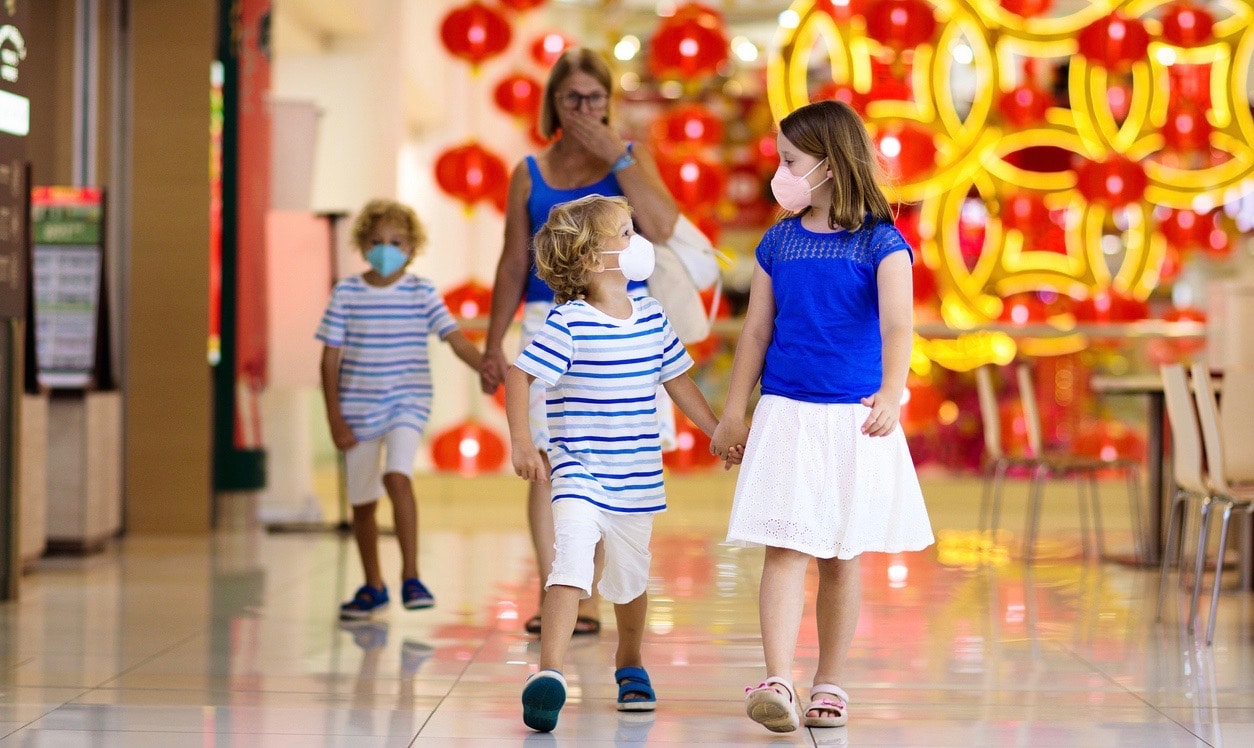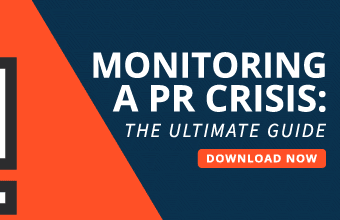The coronavirus outbreak is creating unprecedented challenges for consumer industries of all shapes and sizes—from travel & tourism to dining & recreation, and whether for business or pleasure, consumers today are showing a reluctance to get involved in many of the things that just weeks ago they didn’t think twice about.
Of course, retailers, business owners and event promoters are trying to keep products moving and keep dollars rolling in without creating new or greater risks—but some sectors will be harder to reach than others. These new insights from voice of the consumer firm First Insight—which break down consumer concerns along gender and generational lines for smarter situational marketing—are quite valuable for communicators.
“As the coronavirus continues to impact our economy, Millennials are emerging as the most concerned generation,” said Greg Petro, CEO of First Insight, in a news release. “While most consumers are worried about the virus’ overall impact, the behavior of Millennials is changing more dramatically than any other generation—they are cutting their spending, stocking up on groceries, using public transportation less and staying indoors.”

Consumer Sentiment and the Economy
The majority of consumers in the U.S. (66 percent) are worried about the coronavirus spread.
- More women (71 percent) than men (60 percent).
- Baby Boomers (72 percent) and Gen Z (73 percent) are worried, however the majority of Millennials (61 percent) and Generation X (56 percent) are also concerned.
93 percent of respondents say that the coronavirus will somewhat or significantly impact the economy.
- 95 percent of women and 91 percent of men say that the coronavirus will impact the economy.
- 95 percent of Baby Boomers, 92 percent of Gen X, 90 percent of Gen Z, 92 percent of Millennials say that the coronavirus will impact the economy.

Impact on Purchase Decisions & Spending
44 percent of respondents say coronavirus spread has impacted their purchase decisions.
- More men (47 percent) versus women (41 percent) say it has impacted their purchase decisions.
- More Millennials (54 percent) say the coronavirus has impacted their purchase decisions, versus only 33 percent of Baby Boomers, 42 percent of Gen X and 49 percent of Gen Z.
35 percent of overall respondents said the news about the coronavirus is impacting where and how they shop.
- More men (38 percent) than women (33 percent).
- Younger generations are being impacted the most (37 percent of Gen X, 38 percent of Gen Z, and 39 percent of Millennials, versus only 26 percent of Baby Boomers).
28 percent of respondents said news about the coronavirus is impacting how much they are spending on products.
- More men (32 percent) than women (25 percent).
- 19 percent of Baby Boomers, 29 percent of Gen X, 28 percent of Gen Z, and 36 percent of Millennials.
35 percent of respondents have cut back on spending in preparation for impacts of the coronavirus.
- Slightly more women (35 percent) than men (34 percent) have cut back on spending.
- 40percentof Millennials and 41 percent of Gen Z say they have cut back on spending compared to 23 percent of Baby Boomers and 36 percent of Gen X.
22 percent of respondents say they are buying more products in anticipation of the spread of the coronavirus.
- More men (24 percent) versus women (20 percent).
- More Millennials (34 percent) versus 25 percent of Gen Z, 18 percent of Gen X and 12 percent of Baby Boomers say they are buying more products in anticipation of the spread of the Coronavirus.
When asked what product respondents were buying more of, grocery is being bought the most (19 percent) followed by household products and personal care items at 13percent, health products at 12 percent and beauty products at 7 percent.
- Men are buying more than women: Men – Grocery 22 percent, Personal Care items 14 percent, Health and Household Products both 13 percent and Beauty Products 7 percent; Women – Grocery 17 percent, Household and Personal Care Items both 13 percent, Health 11 percent and Beauty 6 percent.
- Millennials are buying the most: 30 percent saying they are buying grocery (the highest percentage).
32 percent of respondents say news about the coronavirus is impacting how much they are spending on services and experiences (i.e. restaurant meals, entertainment, travel).
- More men (36 percent) than women (28 percent).
- 21 percent of Baby Boomers, 33 percent of Gen X, 31 percent of Gen Z, and 44 percent of Millennials.
37 percent of respondents say the news about the coronavirus is impacting what products they are purchasing.
- More men (40 percent) than women (34 percent).
- 24 percent of Baby Boomers, 34 percent of Gen X, 41 percent of Gen Z, 48 percent of Millennials.

Impact on Consumer Behaviors
30 percent of respondents say they are shopping less frequently in-store.
- Slightly more women (30 percent) than men (29 percent) are shopping less frequently in-store.
- More Millennials (39 percent) versus other generations are shopping less frequently in-store (compared to 36 percent of Gen Z, 25 percent of Gen X, 22 percent of Baby Boomers).
21 percent of respondents say they are shopping more frequently online.
- More men (24 percent) versus women (18 percent) are shopping more frequently online.
- Millennials (30 percent) are shopping more frequently online (compared to 24 percent of Gen Z, 20 percent of Gen X and 8 percent of Baby Boomers).
29 percent of respondents say they are taking advantage of BOPIS services to get products delivered without going in-store, with 18 percent using curbside pickup, 17 percent using subscription services, and 13 percent opting for autoship.
- Men vs. Women:
- BOPIS: 28 percent women, 31 percent male
- Subscription services: 16 percent women, 18 percent men
- Curbside pickup: 16 percent women, 22 percent men
- Autoship: 14 percent women, 12 percent men
- By Generation:
- BOPIS: Baby Boomers 20 percent, Gen X 28 percent,Gen Z 47 percent, and Millennials 22 percent
- Subscription services: 8 percent Baby Boomers, 19 percent Gen X, 19 percent Gen Z, 23 percent Millennials
- Curbside pickup: 13 percent Baby Boomers, 13 percent Gen X, 22 percent Gen Z, 30 percent Millennials
49 percent of respondents say that due to the coronavirus outbreak, they are concerned about receiving apparel or other products that were produced in impacted areas such as China.
- More men (50 percent) than women (48 percent).
- More Millennials (52 percent) say they are concerned compared to 42 percent of Baby Boomers, 47 percent of Gen X, and 51 percent of Gen Z.

26 percent of respondents say news about the coronavirus is impacting where respondents are working (working from home more).
- More men (31 percent) versus women (20 percent).
- 17 percent of Baby Boomers, 24 percent of Gen X, 33 percent of Gen Z, 27 percent of Millennials.
38 percent of respondents say the news about the coronavirus is impacting how frequently they go out in public.
- Slightly more men (38 percent) than women (37 percent).
- 28 percent of Baby Boomers, 37 percent of Gen X, 41 percent of Gen Z, 46 percent of Millennials.
40 percent say the news about the coronavirus is impacting how much they use public transportation.
- More Men (43 percent) than women (38 percent).
- More Millennials (50 percent) and Gen Z (48 percent) than Baby Boomers (27 percent) and Gen X (38 percent).
First Insight’s findings are based on the results of a U.S. consumer study of a targeted sample of 500 respondents fielded on Friday, February 28, 2020. The study was completed through proprietary sample sources among panels who participate in online surveys.








